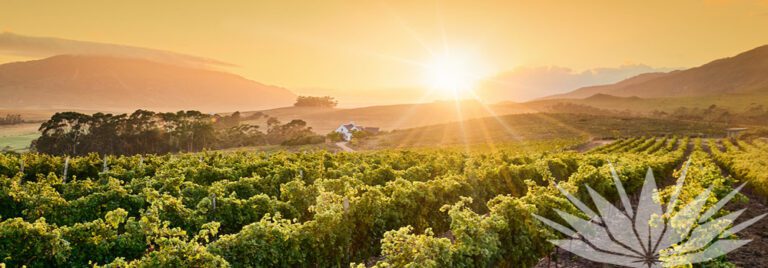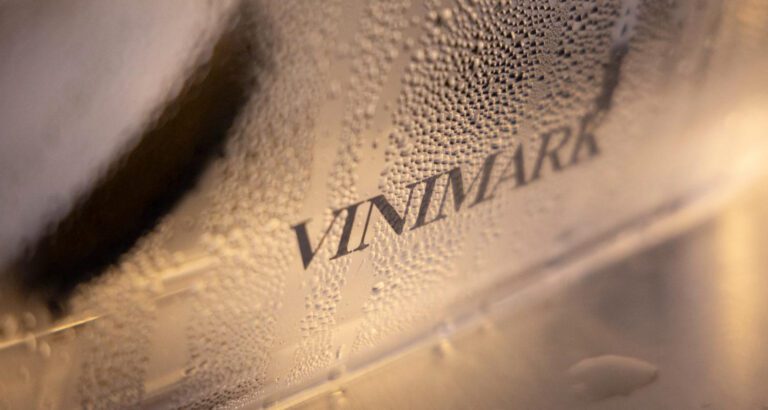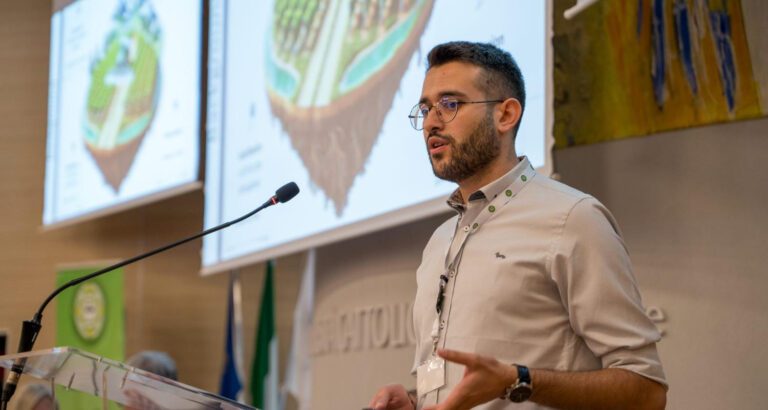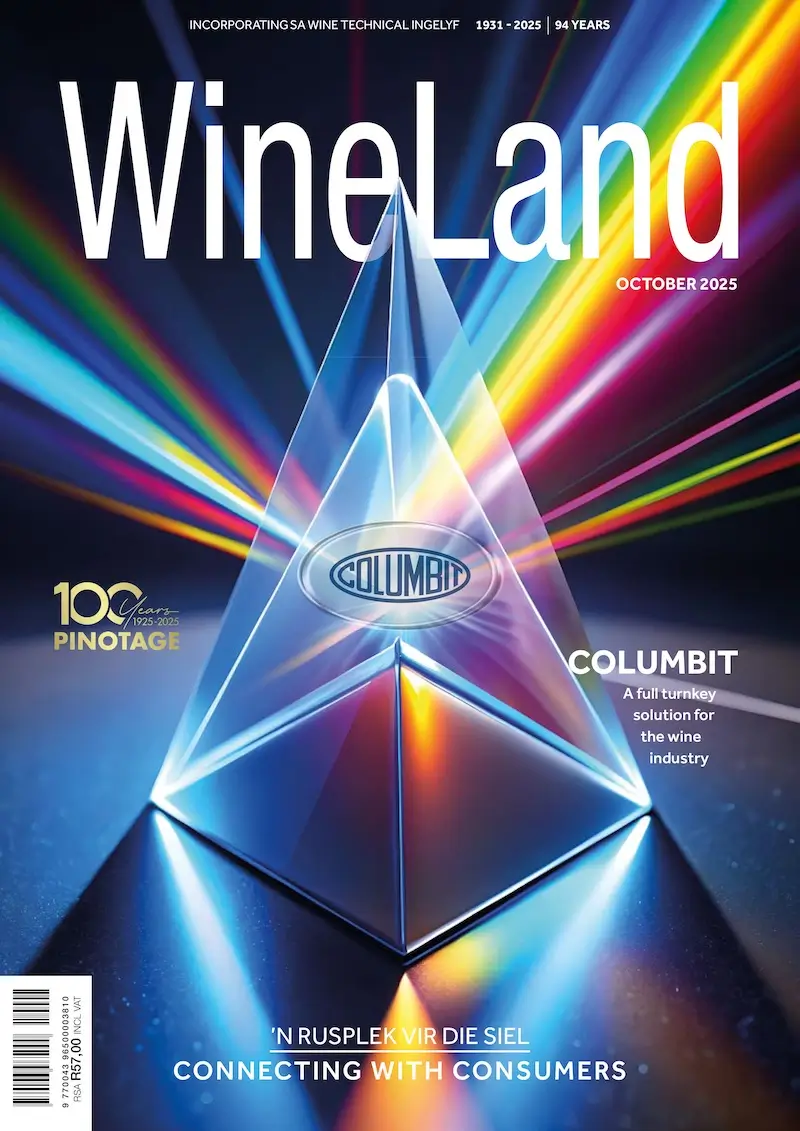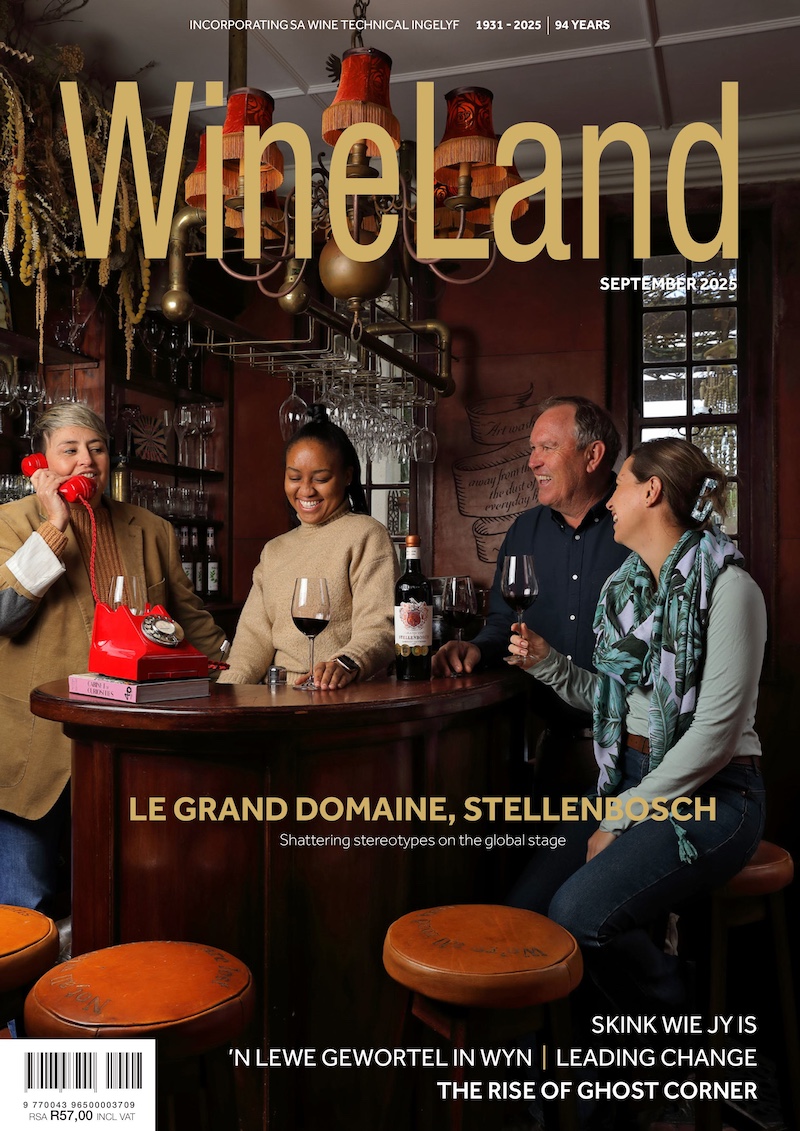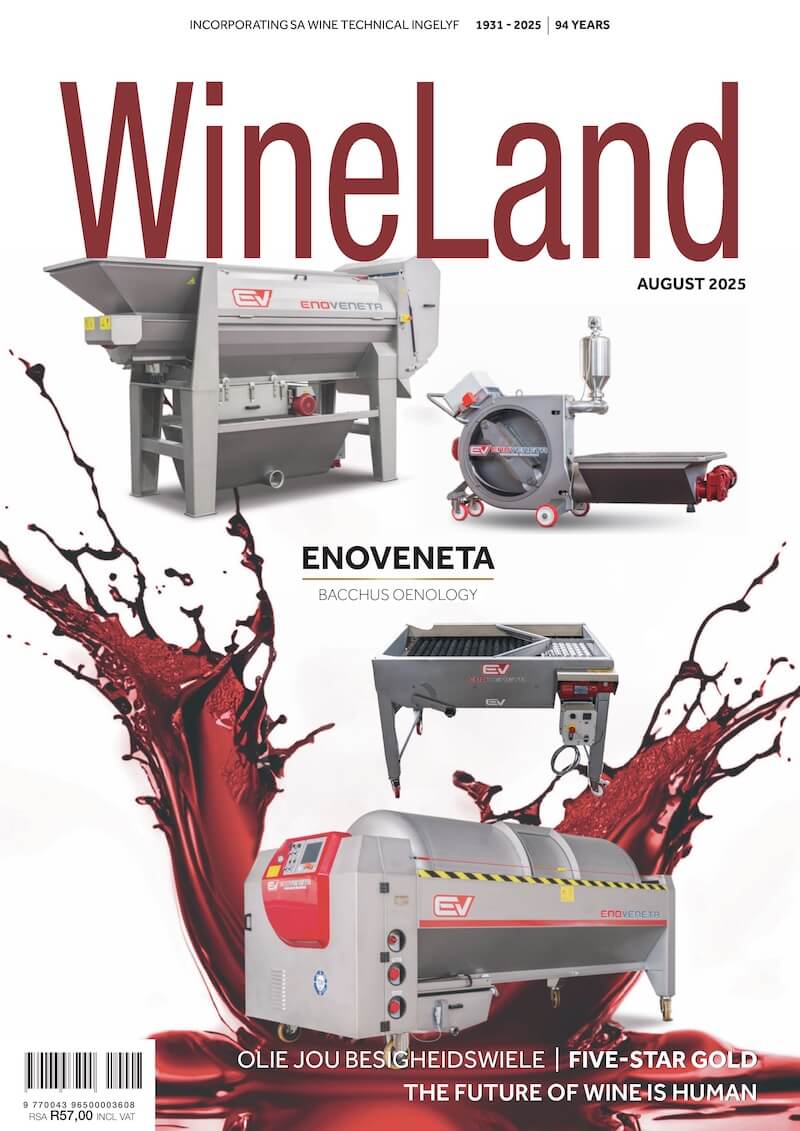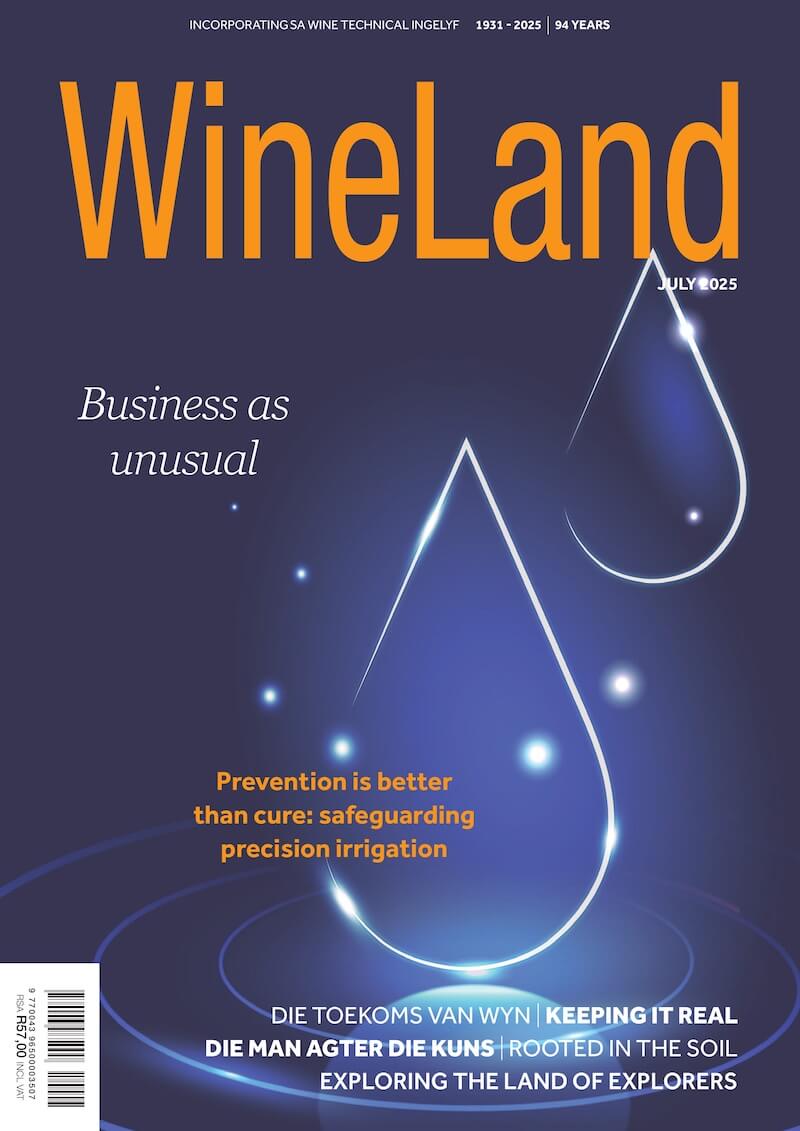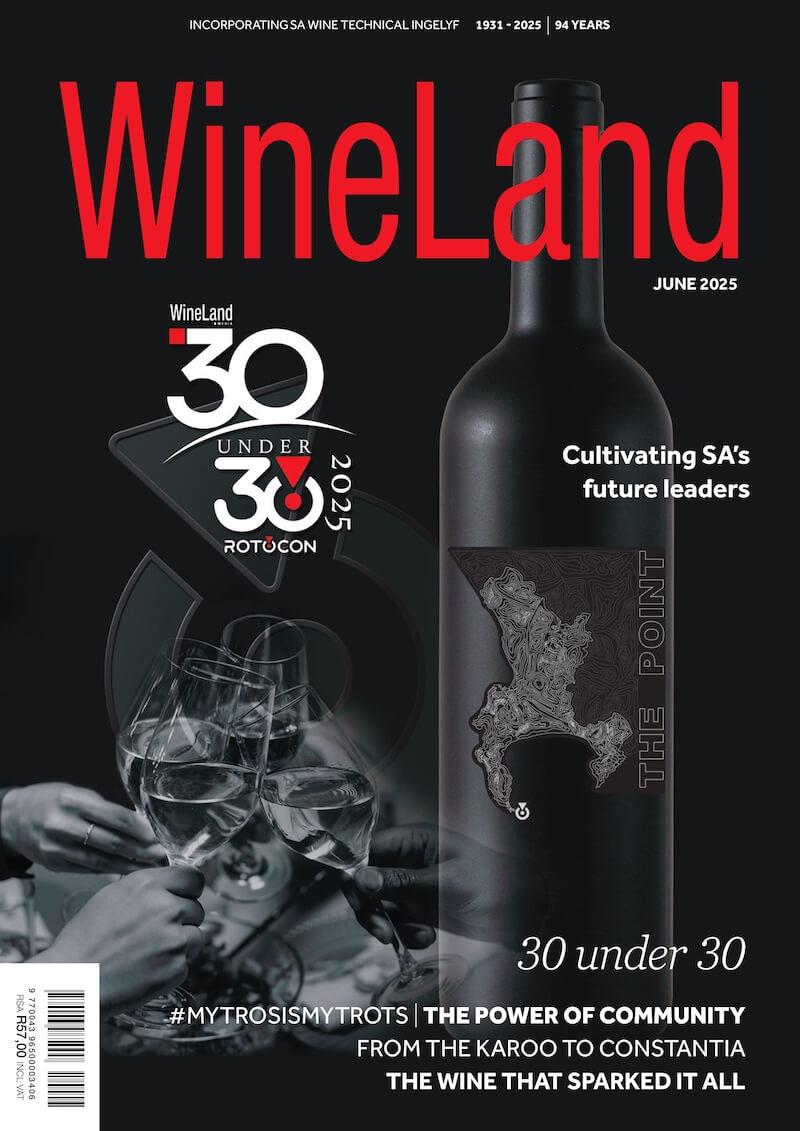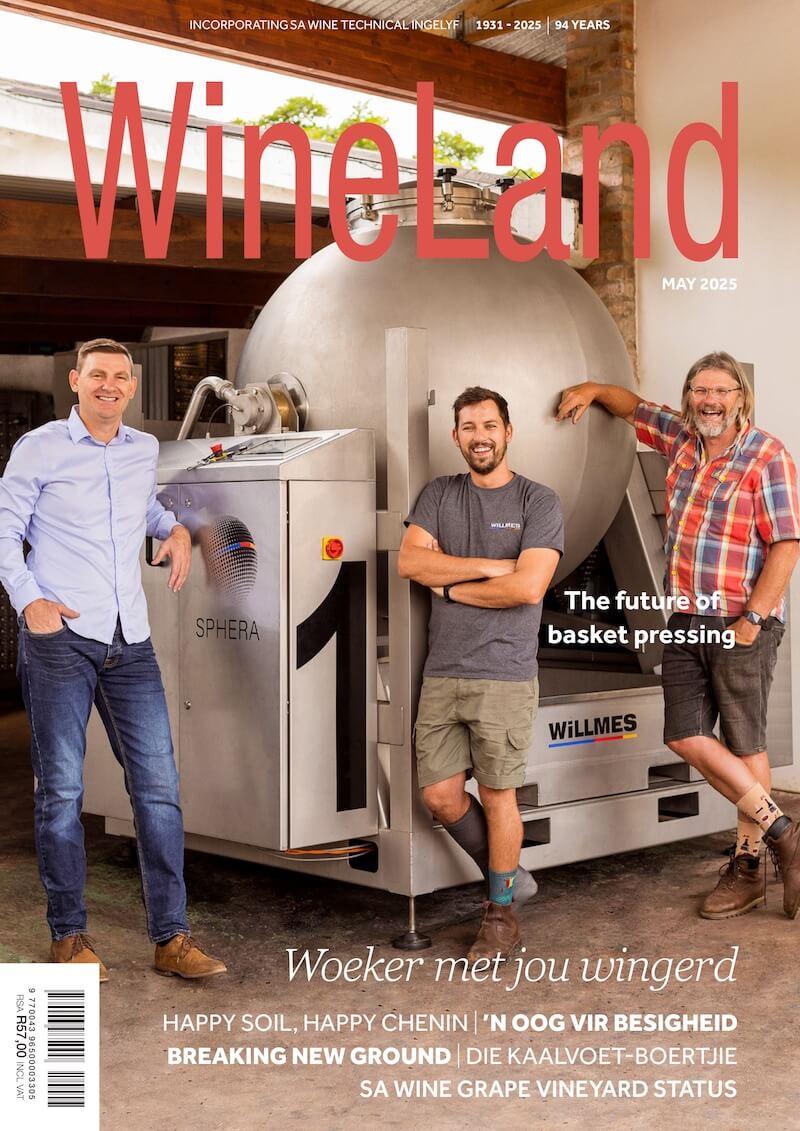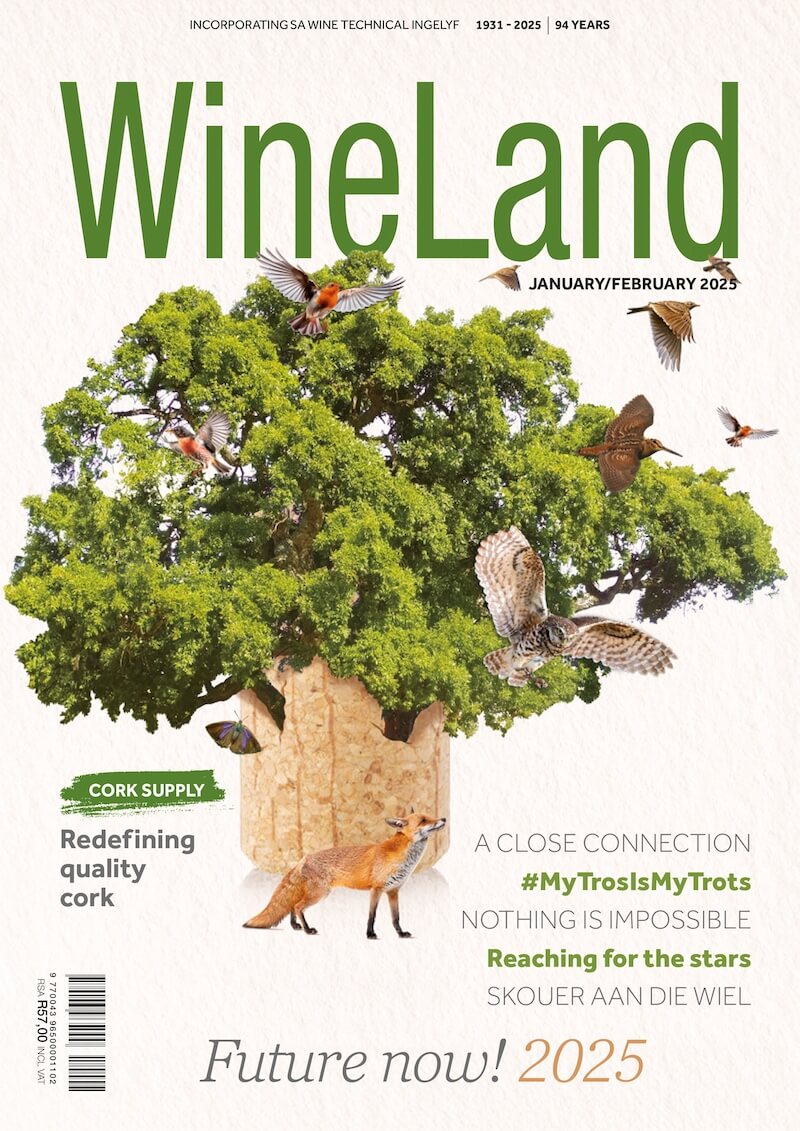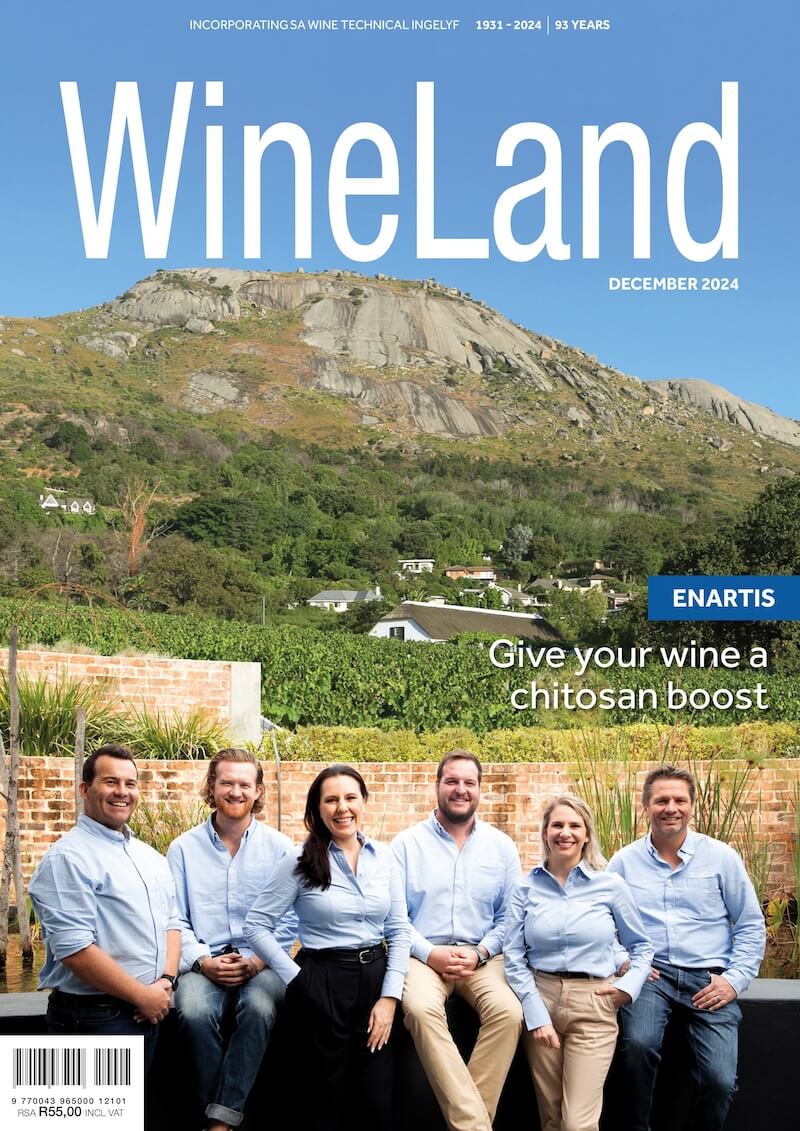South African rosé is moving from summer sideshow to strategic staple. At CapeWine 2025, technical discussions highlighted how “pink” is being used to showcase site, grape choice, and cellar technique. This is evidence that local producers view rosé as more than a seasonal crowd-pleaser.
Versatile, food-friendly, and quality-driven wine styles are able to create momentum in a value-pressured global wine economy.
Style with story
Rosé is, of course, a wine style, not a grape variety. Yet, it has been revolutionary for South Africa precisely because it lets producers tell Cape terroir stories with immediate drinkability.
Winemakers are leaning into different grapes to create distinct expressions. For instance, Tokara’s Rosé 2025 is a 100% Shiraz bottling that delivers bright fruit and savoury grip. Alto recently released a Cabernet Sauvignon Rosé that’s floral, textured and dry. And Tim Atkin MW’s 2025 Special Report singled out Doolhof’s Grenache-Syrah Xclusiv Rosé (94 points) as an ambitious, elegant benchmark.
These examples show the category’s range from Stellenbosch’s cool slopes to Wellington’s inland warmth.
Global shifts
The global backdrop helps explain rosé’s appeal. Over the past two decades, consumption has trended away from red toward white and rosé – a structural shift documented by the International Organisation of Vine and Wine (OIV). The future is about premium, terroir-driven rosé and stylistic diversification rather than volume alone. The International Wine Challenge’s Canopy analysis points to techniques like longer skin contact, lees ageing and oak. These are tools that build texture and longevity and position serious rosé for cellaring. Meanwhile, trade coverage notes signs of a cooling in some traditional markets, underscoring the need to move up the value curve.
This value focus dovetails nicely with South Africa’s wider strategy. The latest industry outlook emphasises “value over volume,” market diversification and climate resilience as priorities for the next decade. Even with vineyard area under pressure, producers are finding growth by premiumising styles that travel well, present clearly, and offer culinary versatility. These are boxes that rosé ticks readily for domestic drinkers and export audiences.
Quality shows
Quality recognition is following. Beyond Atkin’s 2025 nods, independent tastings show steady improvements and tighter dry styles across local line-ups, while specialist competitions and reports have created a feedback loop that rewards balance, precision and price-quality.
For consumers, South African rosé is increasingly a “serious” buy that still over-delivers on refreshment and value.
Winemaking choices are central, and producers are exploiting a broad palette: Shiraz for spice and colour precision (Tokara), Cabernet for structure (Alto), Grenache and Cinsault for pale, saline reds-to-rosé crossovers. These are matching varieties to mesoclimates from the coastal cool of Stellenbosch to the rugged Swartland.
Tokara’s approach illustrates the mindset driving the category, says Karl Lambour, General Manager. “We believe that excellence in winemaking lies in understanding the land, respecting tradition, and embracing progress. South Africa can continue to produce world-class wines that tell the story of our terroir, our people, and our ongoing journey towards innovation in the vineyard and the cellar.”
It’s a philosophy of not taking shortcuts, and not making any compromise translates naturally into precise, gastronomic rosé.
Rolling out the red carpet
For a country ranked among the world’s top wine producers, the opportunity is a welcoming “front door” for new drinkers at home and abroad, and it is a technically rich canvas for producers to express Cape identity at accessible price points. With buyers increasingly alert to dryness, colour nuance and food pairing, South African rosé is well placed to capture share in the premium-by-the-glass and retail segments, while anchoring seasonal activations and year-round lists.
The Cape’s rosé revolution isn’t just pretty in pink but is also commercially and qualitatively strategic.

